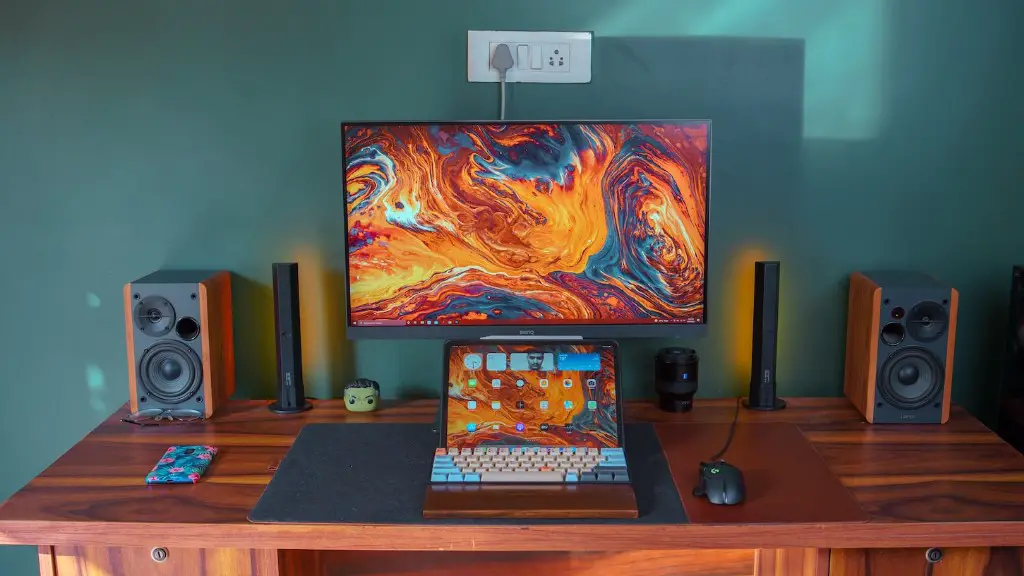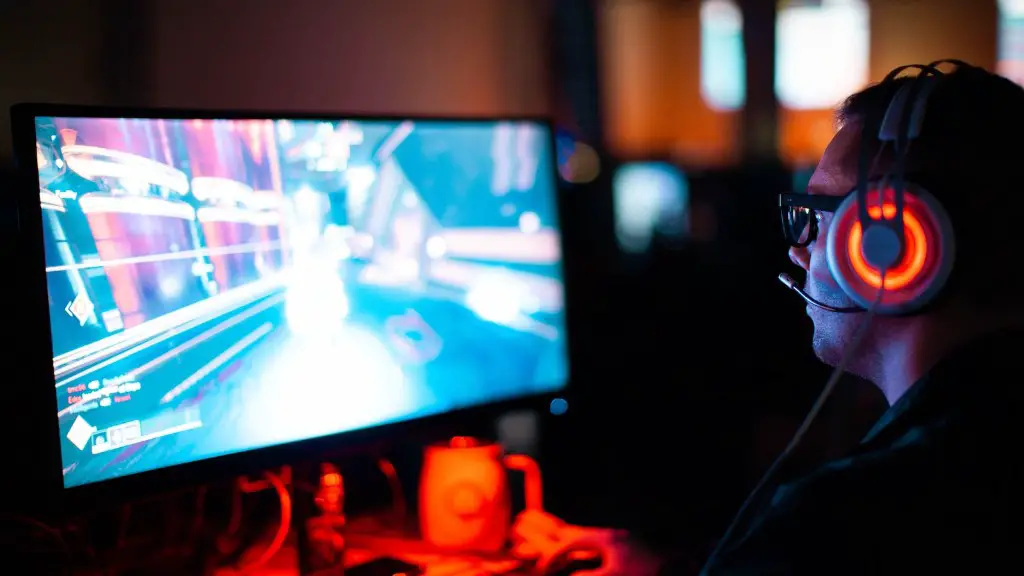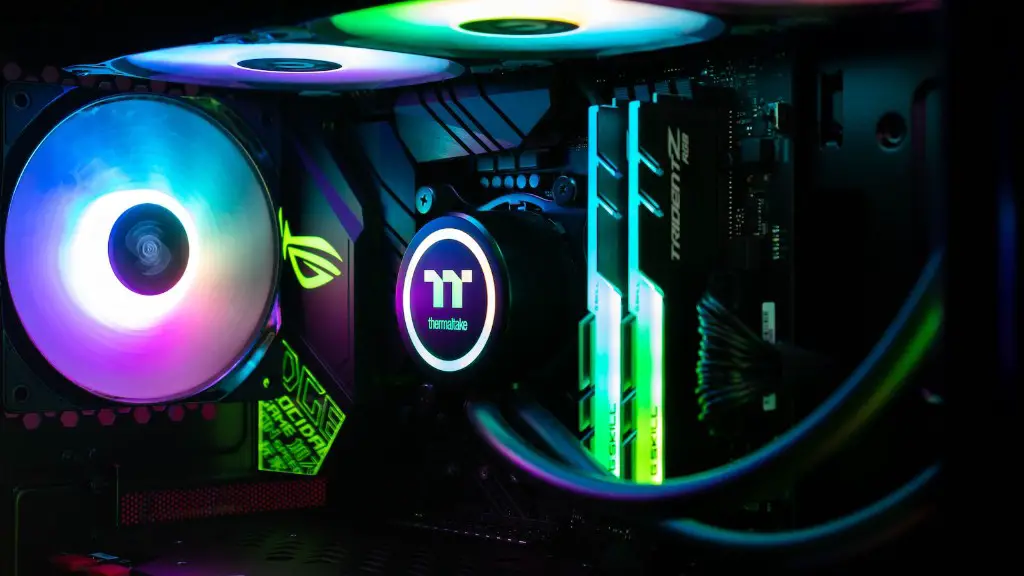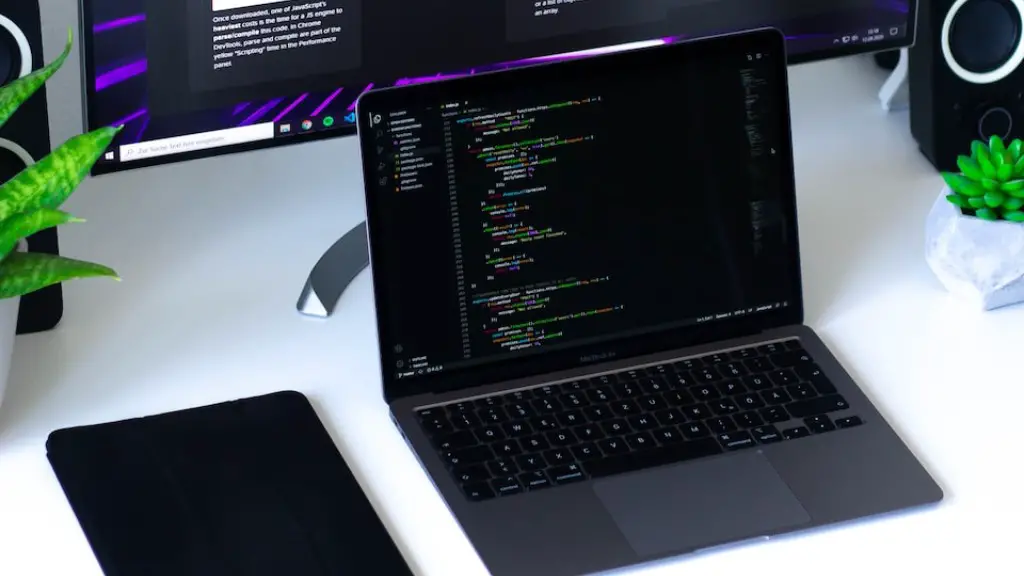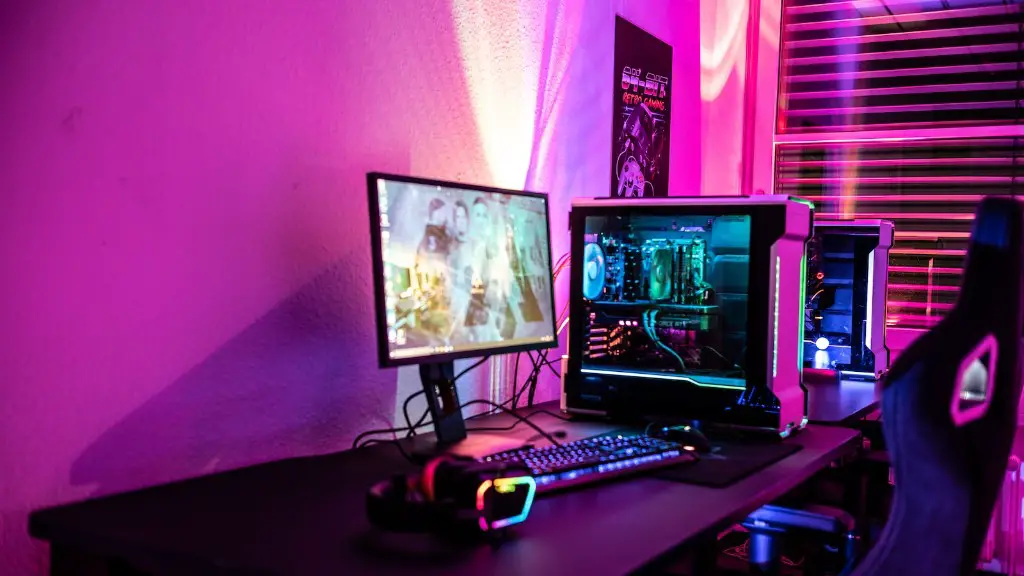Building a gaming PC can be a time-consuming and tricky process. It involves selecting compatible components, researching part selection, and understanding the build procedure. People seeking to build gaming PCs should be aware of the requirements of doing so.
Firstly, a powerful processor is a central necessity. This needs to be backed up with a motherboard that is compatible with the processor, and comes with features for the system to leverage. Rock-solid RAM is essential for any gaming PC. The system should also have a cooling system, such as liquid or air cooling, to keep the system running smoothly.
In addition, a gaming PC needs to have an efficient power supply to handle the high wattage components. People should use quality PSUs to guarantee long-term operation of the system. Furthermore, a graphics card is one of the major components for a gaming system, and having one is essential for gamers. This needs to be combined with a monitor or television, with inputs that accommodate the graphics card.
Lastly, a good quality SSD is necessary for the PC, as it will ensure windows and programs will be quick to launch, and the system will perform faster overall. People should also research other components such as wireless adapters, additional fans, and other peripherals.
Picking Out the Parts
Choosing right parts is important when creating an effective gaming PC. People should research components extensively to find the best parts that are within budget. This includes investigating graphics cards and other parts to ensure compatibility with the processor and motherboard.
Furthermore, people should research parts such as the motherboard and RAM, to ensure that the system runs as efficiently and smoothly as possible. This is essential for newer software and games and will ensure the system runs better for longer. People should also research which solid state drive and hard drive is the most compatible for their build.
When selecting all parts of the system it’s important to understand the compatibility and power requirements of the parts chosen. People should double check all part selections to ensure that it will run properly when assembled.
Building the System
Once people have all the components they need, they can begin the assembly procedure. This is a delicate process, and novice builders should be meticulous to ensure that all components align properly and none come into contact with each other. People should search online for build guides and read through them to ensure that all parts are connected correctly.
Furthermore, it is important for people to exercise caution when dealing with sensitive parts, such as the graphics card and processor. People should research the best mounting techniques and procedures for each part, to ensure that all parts are secured with the right mountings and cables.
Once all parts are mounted, the PC is almost ready. People should firstly double check that each connection is secured and that none looks loose. They should then install an operating system, such as Windows and configure the settings in the BIOS.
Testing the PC
After the system is built, people need to test it. Start by plugging in all necessary peripherals, booting the PC, and logging into the operating system. The next step is to check that graphics card drivers are installed properly and if there are updates available, people should install them. Also, people should run a system monitoring utility to check the wattage and temperature of the system.
Moreover, people should test the system with a range of different games and programs to ensure that it is running properly. If the system is not running to its optimal level people should check that the drivers and any system updates are installed properly.
Eventually, running system diagnostics and testing the PC’s performance should be done to ensure it is safe to use. This will help people identify part compatibility, power draw, and system stability.
Adding in Cooling Systems
Efficient cooling systems are a crucial component of any gaming PC. These should be properly installed to ensure that all parts run as smoothly and efficiently as possible. People should research which cooling system they need beforehand and should ensure they are installing it with the right amount of fans.
When installing the cooling system people should be careful not to interfere with other parts. Furthermore, people should research the power consumption and compatibility of the system to ensure that the cooling system is running with the correct wattage. People should also check the temperatures of the system, to make sure that all components run at their optimal temperature.
Updating the System
Once a gaming PC is up and running, it’s important to keep it up-to-date. People should regularly update the BIOS and Windows, with regular reports of system performance and stability. With hardware upgrades, people should check the compatibility of the parts and ensure that the system supports it.
Moreover, people should install regular driver updates, as gaming PCs need to remain current with the latest driver releases for each component. People should also install ongoing patches for games and programs, as this will keep them running as efficiently as possible.
Furthermore, people should keep an eye out for any system instability or performance issues. This can be done by running regular diagnostics and system reports. By doing this, people can identify any potential issues and take swift action to resolve them.
Keeping the System Running Smoothly
To keep a gaming PC running smoothly, people need to make sure its components are functioning properly. People should research the best PSU wattage and ensure that it meets the power demands of the system. When it comes to the graphics card, people should make sure that the driver is up-to-date and the games are running at their highest settings.
Moreover, people should periodically reset the BIOS, as this can help keep the system running efficiently. They should also change the thermal paste every couple of years to ensure that the cooling system remains effective. People should also periodically check the cables, to make sure all the connections are secure.
Finally, all other parts should be inspected to make sure they are working correctly. This includes the RAM, SSD, and hard drives, as all these have an impact on the overall performance of the system.
